In the second part of our – incredibly random – series of Ask Us Anything we will attempt to answer some of the consumer questions that may have been troubling you as well as some you almost certainly will have never thought about until this very minute.
Is popcorn good for you?
Here's a top tip for you. If you want to continue to enjoy popcorn of an evening don't research this question too deeply. A cursory trawl of the internet links this seemingly harmless food to everything from cancer and heart disease to bronchiolitis and burns. Although it depends on what type you are talking about, as not all popcorns are equal. Cinema popcorn slathered in salt and butter is incredibly high in calories and good for neither your waistline nor your heart. Microwaved popcorn can also be very high in fat, while the coatings used on the inside of the bags have been linked to some terrible conditions. The popcorn you make yourself, the old-school way, is, however, largely blameless.
0 of 10
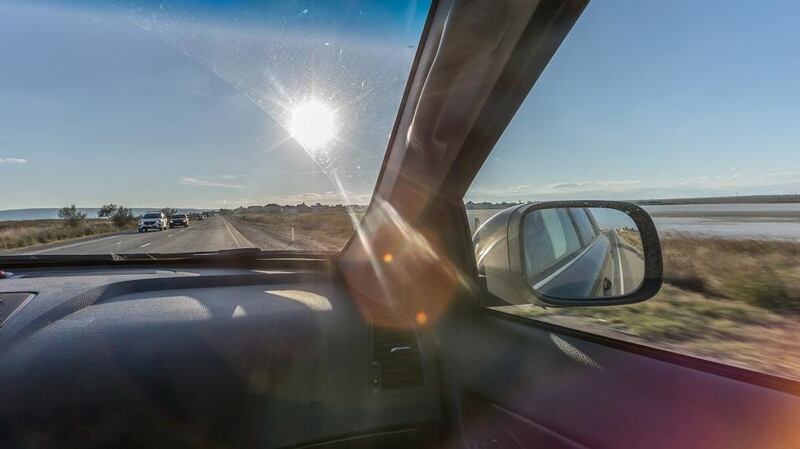
Why don’t I get sunburned or a tan through a car window?
Generally speaking the windscreen in your car is laminated, so it filters out ultraviolet light. The back and side windows tend to be made of non-laminated glass which filters out UVB light which causes sunburn. It does not, however always block out UVA rays. We came across an alarming study from a few years which found that skin cancer patients who spent long periods in their cars were more likely to develop melanoma on the sides of their bodies and faces side exposed to more sunlight while driving.
Why do so many prices end in 99 cent?
You probably think it is a simple retailing trick aimed at making us think a product is a bit cheaper than it is. We read from left to right, so the first digit of a price resonates most, or so the theory goes. That means we reckon something priced at €9.99 is cheaper than something which costs €10. That is not where the convention originates, mind you. It was, in fact, an anti-theft and inventory control system developed in the United States in the 19th century. If store owners priced something at $1 then their cashiers could handily pocket the money. But if the thing cost 99 cent then the cash box – which came with a bell would have to be opened for change purposes, so the shop owner would always stay on top of things.
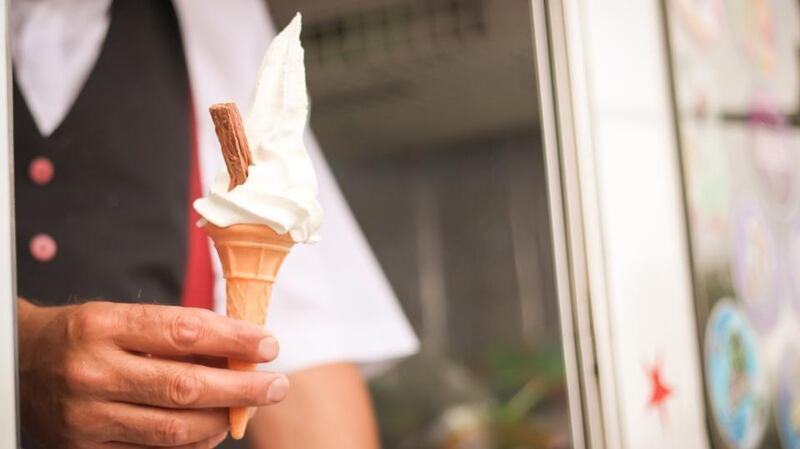
Speaking of 99s, why is a 99 ice cream called a 99?
We have the Italians to thank for that. Well, the Italians and the people at Cadbury. When Italy had monarchs, the king was always assigned an elite guard made up of 99 soldiers and, as a result, things that were considered high end or top class became known as 99s. Fast forward to the 1930s, when Cadbury launched a little Flake specially for ice-cream cones. The ice-cream business was dominated by ex-pat Italians and, to appeal to those key buyers, Cadbury's called their innovation a 99.
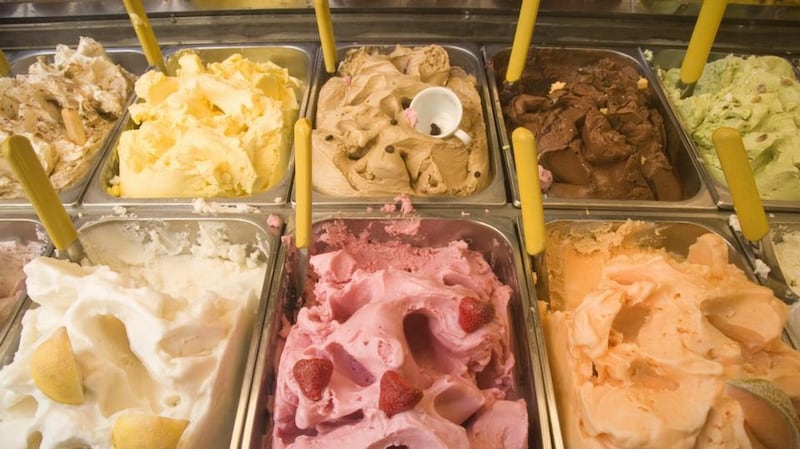
Is there a difference between gelato and ice cream?
Gelato is the Italian word for ice cream, so you’d be forgiven for thinking the two things are the same but they’re not. Regular ice cream is made with cream as the key ingredient, while gelato is made mostly with milk. That means most ice cream has a fat content of at least 10 per cent while the fat content of gelato is, typically, half that. Regular ice cream is churned more quickly than gelato, so there is more air in the mix. Finally, gelato is served at a slightly warmer temperature than ice cream, so it has a softer consistency.
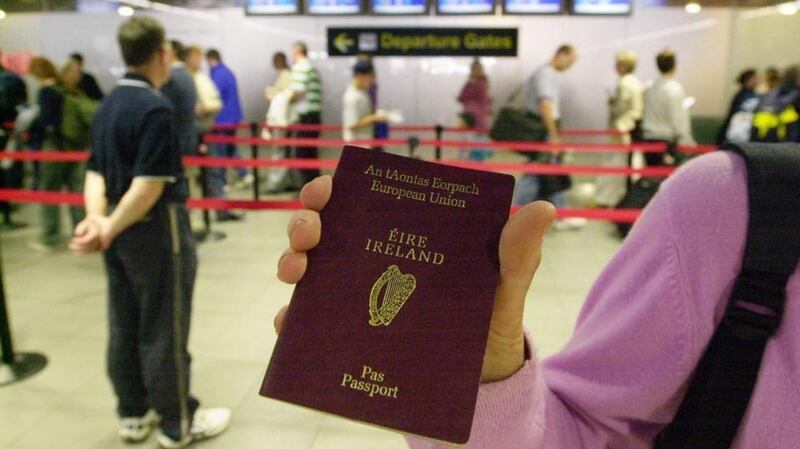
Do you need to show your passport when travelling to the UK?
Technically no. But practically yes. Airlines and ferry companies insist you have identification and many will accept only a passport. Immigration authorities can demand to see valid official photo identification and, as what they are trying to establish is whether you are an Irish or UK citizen entitled to avail of Common Travel Area arrangements, it is advisable to travel with your passport.
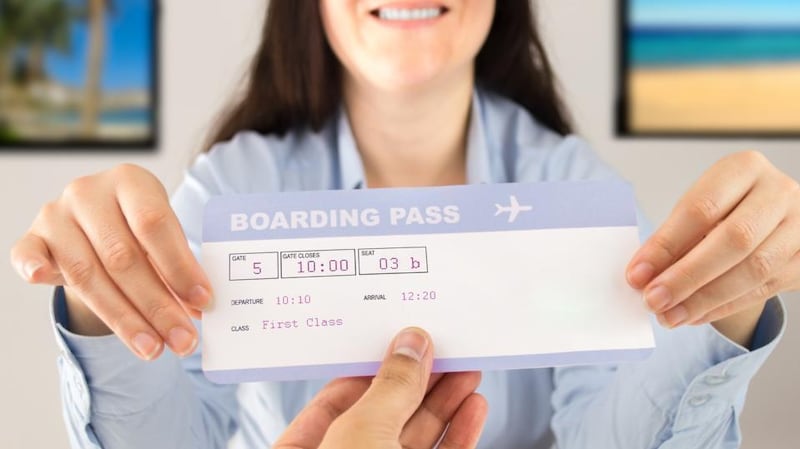
Why must I show my boarding card when buying something in an airport?
The answer depends on where in the airport you are spending your money. If you are buying duty free the airport shops need to check that you are leaving the European Union and so legally allowed to make the purchase. If you are not buying duty free or if you are shopping where no duty free is available then the likelihood is that the shop is seeking to maximise its profits by scanning the boarding passes and using information gleaned from them to claim VAT back from passengers travelling outside the EU. About 20 per cent of passengers who fly through Dublin Airport travel to destinations outside the EU but with the exception of duty-free areas, tax savings are not passed on to them. You could refuse to show it but it’s probably not worth the hassle.
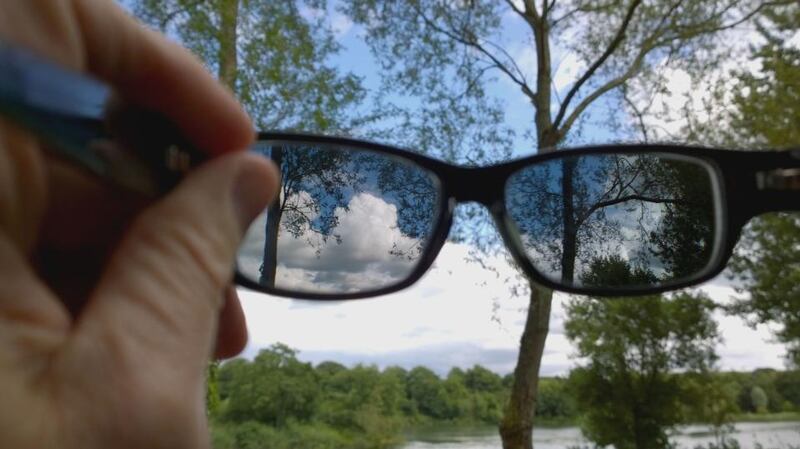
How do polarised sunglasses work?
Pricewatch is no physicist and we can only imagine how infuriated scientists in that field will be after reading our very short – and most likely wildly incomplete – explanation. So, to them, we are sorry. The basic function of sunglasses is to dim the intensity of all light coming at your eyes from whatever angle. When a very thin polarising layer is attached to the lenses of your sunglasses, it acts like bajillions of tiny mirrors (or Venetian blinds, depending on which internet source you rely on). This layer then angles away much of the horizontal light coming at your eyes. That leads to the glare coming from roads, water and windows and the like being cut down.
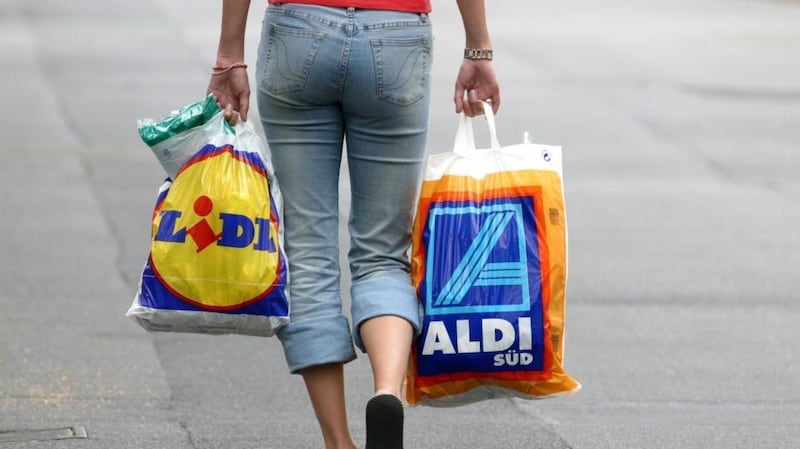
Are Aldi and Lidl related in any way?
No, no they are not, other than the fact that they are both German companies. One of the most common myths about the discounters is that they are owned by the two brothers who had some class of falling out. This is nonsense, although there are two brothers in the story. Aldi was set up by Karl and Theo Albrecht, who split their company in two – Aldi Nord, owned by Theo, and Aldi Sud, owned by Karl. The one that operates in Ireland has its roots in Aldi Sud. Lidl, on the other hand, was set up by Joseph Schwarz in the 1930s but only really entered the discount retailing space after his son Dieter took over in the 1970s.
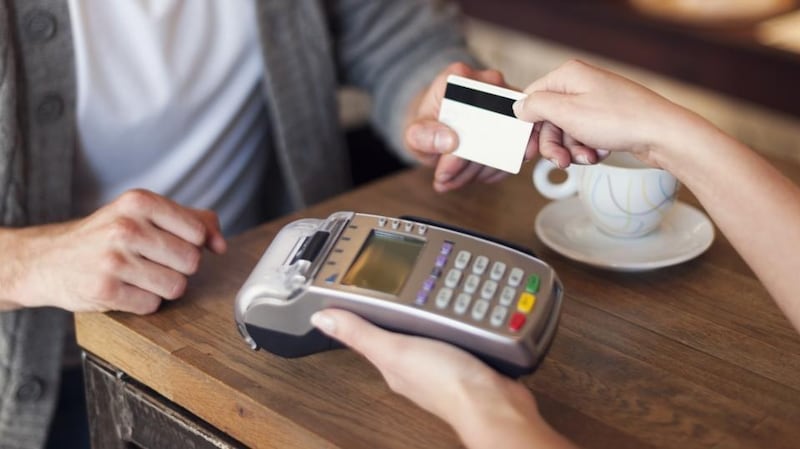
Can a shop charge me extra for using a credit or debit card?
They are not supposed to although many still do. Earlier this year new rules came into force across the EU aimed at stopping shops or restaurants adding an additional charge to customers’ order if they pay by debit or credit card. Extra charges unconnected to the payment method – such as service charges and booking fees – are still allowed, and shops which have a minimum card payment policy in place can still refuse card transactions under that amount.
Can I really not recycle my takeaway coffee cup?
Probably not. They look like they are made of paper but there is also a substantial amount of plastic in their inner lining, which is there to make them leakproof and to insulate them. That is where the problem lies. There are workarounds which some companies are adopting but we are a long way from where we need to be and the vast majority of the 200 million takeaway cups we use annually in this country are not recyclable here. Some coffee shops and cafes offer financial incentives for using your own reusable cups and more and more people are seeing the merit of bringing their own cup into the cafe when they go in search of their fix.
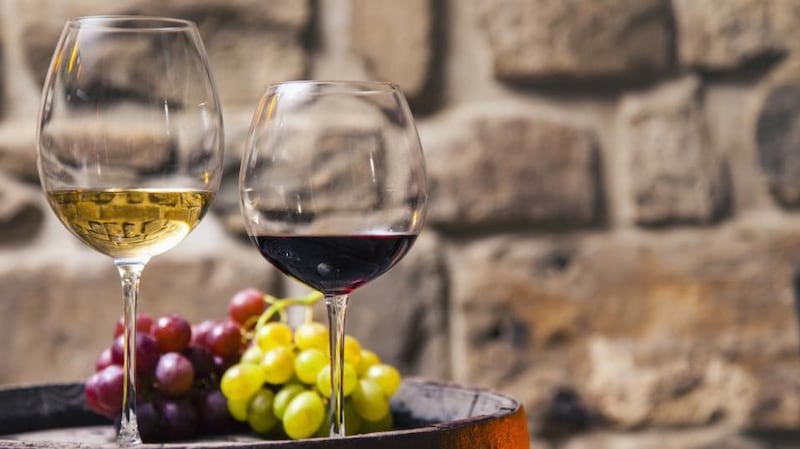
Is white wine made with green grapes and red wine with red ones?
Yes and no, but mainly yes. Red, purple and black grapes are used to make red wine and during the process the skins are left on, which is what lends such wines their colour. You can make white wine with red grapes if your remove the skin early on but grapes with paler shades are, generally speaking, used for white wines, with juice pressed out and the skins and seeds left behind.
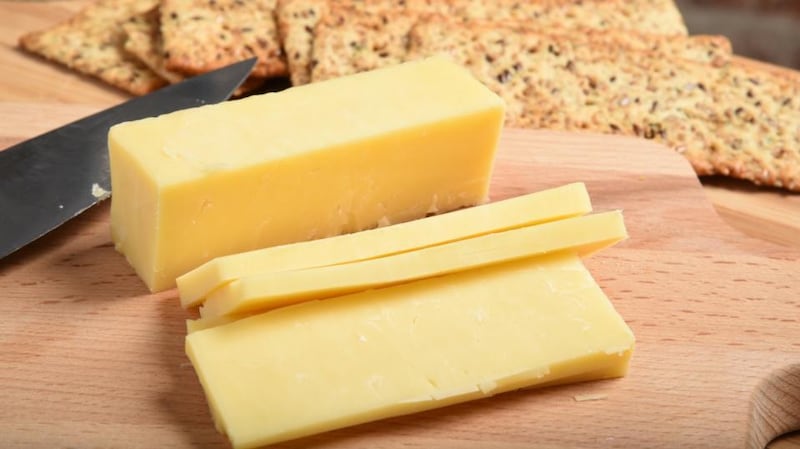
What is the difference between red and white cheddar?
There is virtually no difference. Red cheddar and white cheddar are the same cheese, although the former has a colouring added to the mix and the latter obviously doesn't. An obvious follow-on question is why would anyone bother dying cheese? It goes way back. Makers of Cheshire cheese used to make cheap and premium products, with the former identifiable by the addition of red food colouring. Then they started doing something similar in Leicester. People seemed to like red cheese, so the cheddar makers got on board. It doesn't make any sense today and Irish cheesemakers still do it because they know that many of us think we have a preference for one over the other – despite the fact that they are exactly the same product.



























